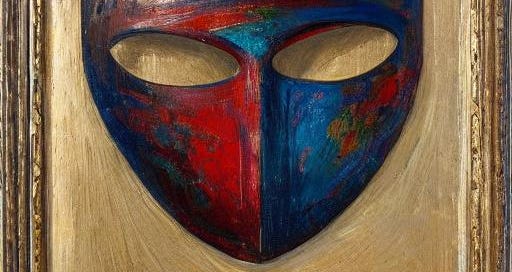Intro
Virata parva is the story of the Pandavas thirteenth year in exile from their kingdom.
https://crackpot.substack.com/t/virata
As It Rhymes
1.
Vaishampayana said,
A stranger emerged in Virata like the sun from behind a cloud.
2.
The unknown Ishvara followed Matsyas’ ashva off field course.
3.
King Virata felt wowed by the stranger’s devotion to the horse.
4.
The stranger called to King Virata,
‘May you always win!
May I train Matsya’s chariot equine?’
5.
Virata said,
‘Yes you may train my horses, charioteer.
My rewards are handsome.
Tell me, where are you from?
What’s brung you here?’
6.
Nakula said,
‘I yoked horse for Yudhishthira Pandava.
7.
If I may humbly say, I am an expert in horse care.
I know how to break and ride.
I know how to sync in stride.
I yoke stubborn stallion and break bitey mare.’
8.
In my care herds get thick.
People call me Granthika.
9.
Virata said,
‘You shine so bright!
My charioteers will respect you without a fight.
10.
Tell me the truth - are you a demigod Vasu?
A crown looks more suitable for you than horsey do - I just can’t believe it’s you.
11.
Yudhishthira always treated me with respect.
How does Pandava dwell in the forest without any to serve and protect?’
12.
Vaishampayana said,
So the youthful Nakula who looked as beautiful as a Gandharva lived in Virata and became dear to the king by dusk to dawn drawing horse lash.
13.
The six Pandavas settled into Matsya kingdom at the onset of spring disguised in masks.
They passed their time in misery performing worker tasks.’
Notes
[1] Vaishampayana, ibid.
[2] Ashva - sanskrit for horse.
[12] Gandharvas are celestial musicians known for beauty.
Translation notebook
Intermission
If the oldest image of a domesticated horse can be traced back to the Sumerian civilization, the earliest written text dedicated to the care and training of the horse is the one by Kikkuli, squire of the king of the Hittites Suppiluliuma, dating back to a period between 1375 and 1335 BC.
The text describes a detailed training program, lasting 184 days. For each of these days were prescribed the rations of feed, the number of watering, the workouts and the periods of rest. The horses were yoked to the chariot and trained up, walking, ambling and cantering. They were also walked wearing blankets to make them sweat and taken to the river to bathe and swim. The diet consisted of grass, clover, straw, barley and mashes of cooked cereals, but the program included as well days of complete fasting. The horses were initially selected subjecting them to quite intense efforts in the first days, then they were moved on to a progressive work, coming to travel up to sixty miles a day, at different paces. They were trained in pairs, as they were usually joined in pairs. Generally chariots carried three people: a charioteer and two warriors, one armed with a bow and a spear and the other on with a spear and a shield.
The oldest text dedicated to the care and training of the horse - The Works of Chivalry




